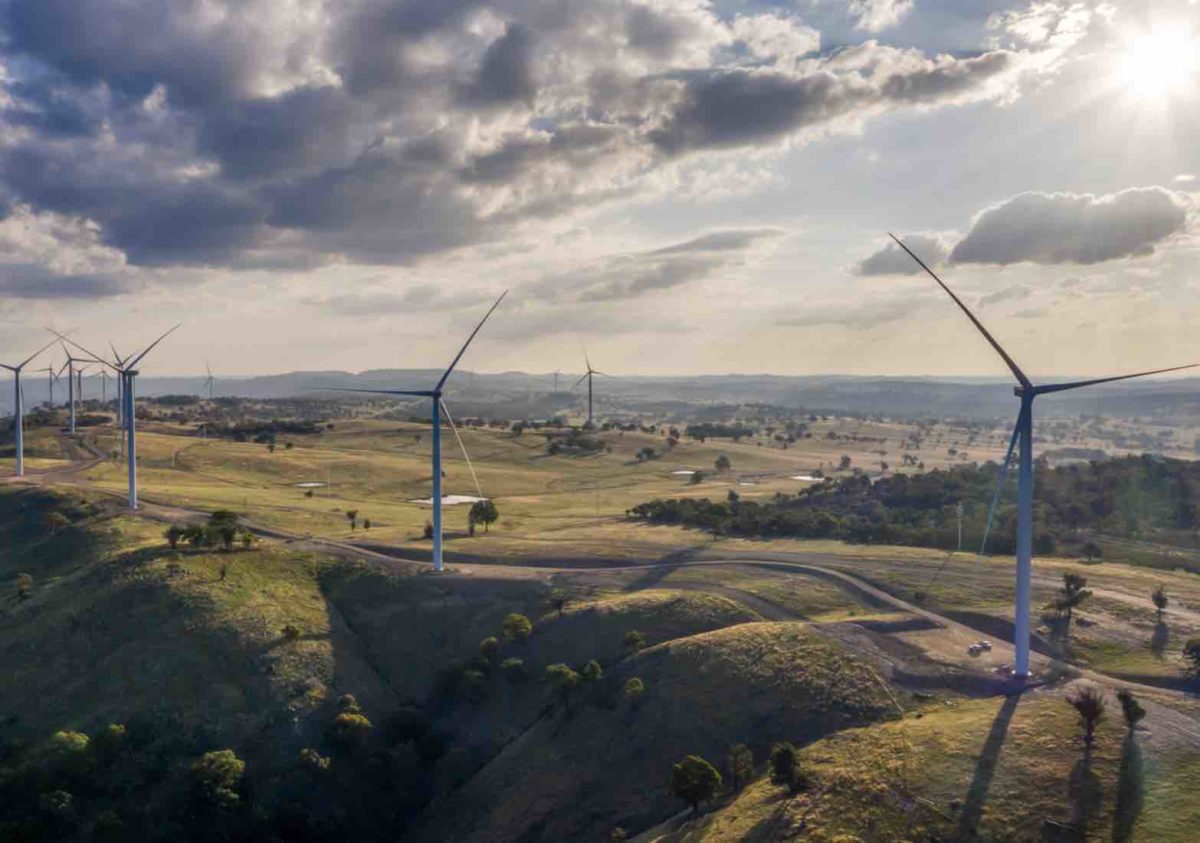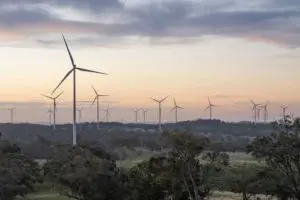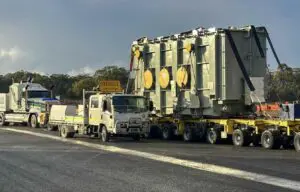New South Wales has flagged changes to its planning processes for wind, solar and storage following criticism about the slow pace of approvals that threatens to derail its ambitious renewable roadmap to replace its ageing coal fired power stations.
The new state energy minister Penny Sharpe, who is also the minister for climate change, the environment and heritage, says she is in talks with planning minister Paul Scully about how to remove the bottlenecks, that the renewables industry says have seen just one wind project approved in the last four years.
“There is a very good recognition in NSW that we need to try and find ways to remove barriers, that we need to try and speed up that process as much as possible, while still having rigour in relation to the planning,” Sharpe told the Australian Clean Energy Summit in Sydney on Wednesday.
“I’m talking to our planning minister. We’re lucky, we’re a new government. We’ve got the opportunity to look at this with fresh eyes.
“I’m very open and – to the people who are here – rather than just complaining about the system, if there’s actually something specifically other than do it faster, that you want to put to me, we are really open to having that conversation.”
Sharpe’s comments follow revelations reported in RenewEconomy last month that wind and solar developers are frustrated about what they see as an ad hoc and unclear approvals process, and the difficulty in moving projects forward.
See: Wind and solar face planning brick wall that threatens to derail switch from coal, and the response from government: NSW Planning defends record on wind, solar, battery and transmission approvals
The industry rejected claims by the planning department that approval processes had been speeded up, saying that the data did not take into account the lengthy “pre approval” and “soft lodgement” procedures that had caused significant delays to their ability to formally lodge applications.
On Wednesday, ahead of Sharpe’s appearance at the summit, the state government announced that two new battery storage projects in key renewable energy zones had been given planning approval.
Sharpe and Scully’s media release said there are currently 27 large-scale renewable energy, transmission lines and storage projects under assessment in the NSW planning system.
They said that, if approved, they would provide 9 gigawatts of renewable energy and 5.5 megawatts of firming storage. That would account for a significant amount of the capacity needed to replace the ageing coal generators that are likely to exit the grid over the next 10 years.
It’s not the only issue facing renewable energy developers: There is also the lack of transmission, difficulties in getting connection agreements, and – more recently – problems in getting supplies, labour and even off take agreements.
NSW, meanwhile, is trying to accelerate and expand the number of tenders for new wind, solar and storage – both short and long term – to fill the gap, with a particular focus on ensuring enough capacity is in the grid to allow the closure of the country’s biggest coal generator, Eraring, as planned in August, 2025.
The NSW government is awaiting a “state of the grid” report before deciding what to do about Eraring, as speculation increases that one or two units might be kept on for another summer.
But the advice from most quarter is that it would be cheaper to accelerate new wind, solar and storage.
“All of us are trying to find ways to do it quickly because the job is so big, and it’s so easy to complain about it,” Sharpe said. “We’re doing what we can to try and push this through. But it’s not simple.”
Victoria is also facing planning issues, both for wind and solar approvals and also for its transmission proposals, including two projects that have stoked much controversy and opposition.
Victoria’s state energy minister Lily D’Ambrosio also flagged changes afoot, including through an MOU with the federal government to review planning approval processes, particularly for the new offshore wind industry, and in the way that transmission planning is conducted in its own state.
“I think a lot can be achieved and improved in terms of timing, and efficiencies,” she said.
D’Ambrosio also said Victoria recognises it needs “a different approach” on transmission planning – currently the province of the Australian Energy Market Operator in that state.
“We need to have a particular focus on our own transmission needs and for government to play a clearer and earlier role in understanding and helping to plan what the transmission needs to look like,” she said, adding that it would also look at needs on the distributed network across the state.










